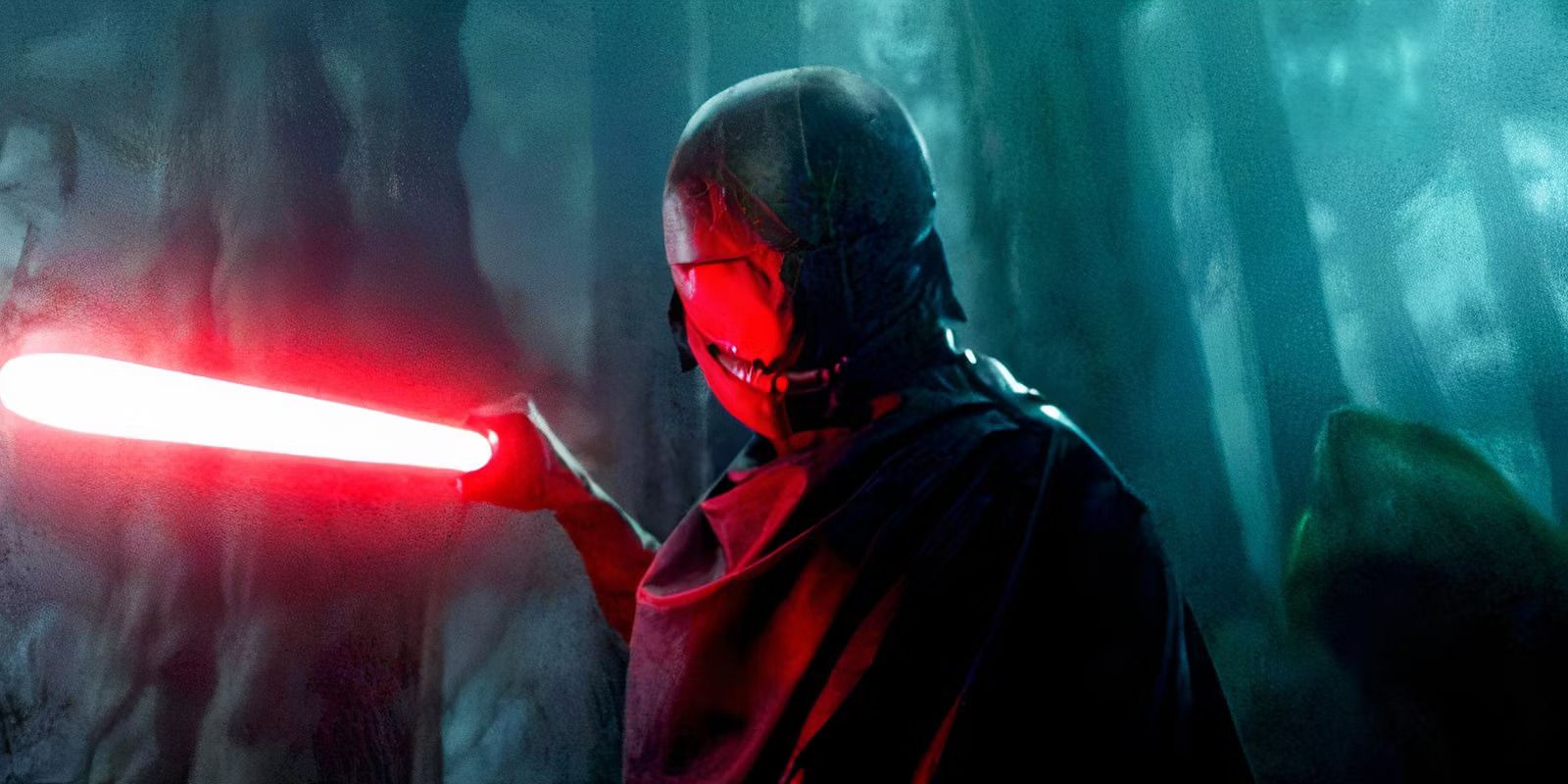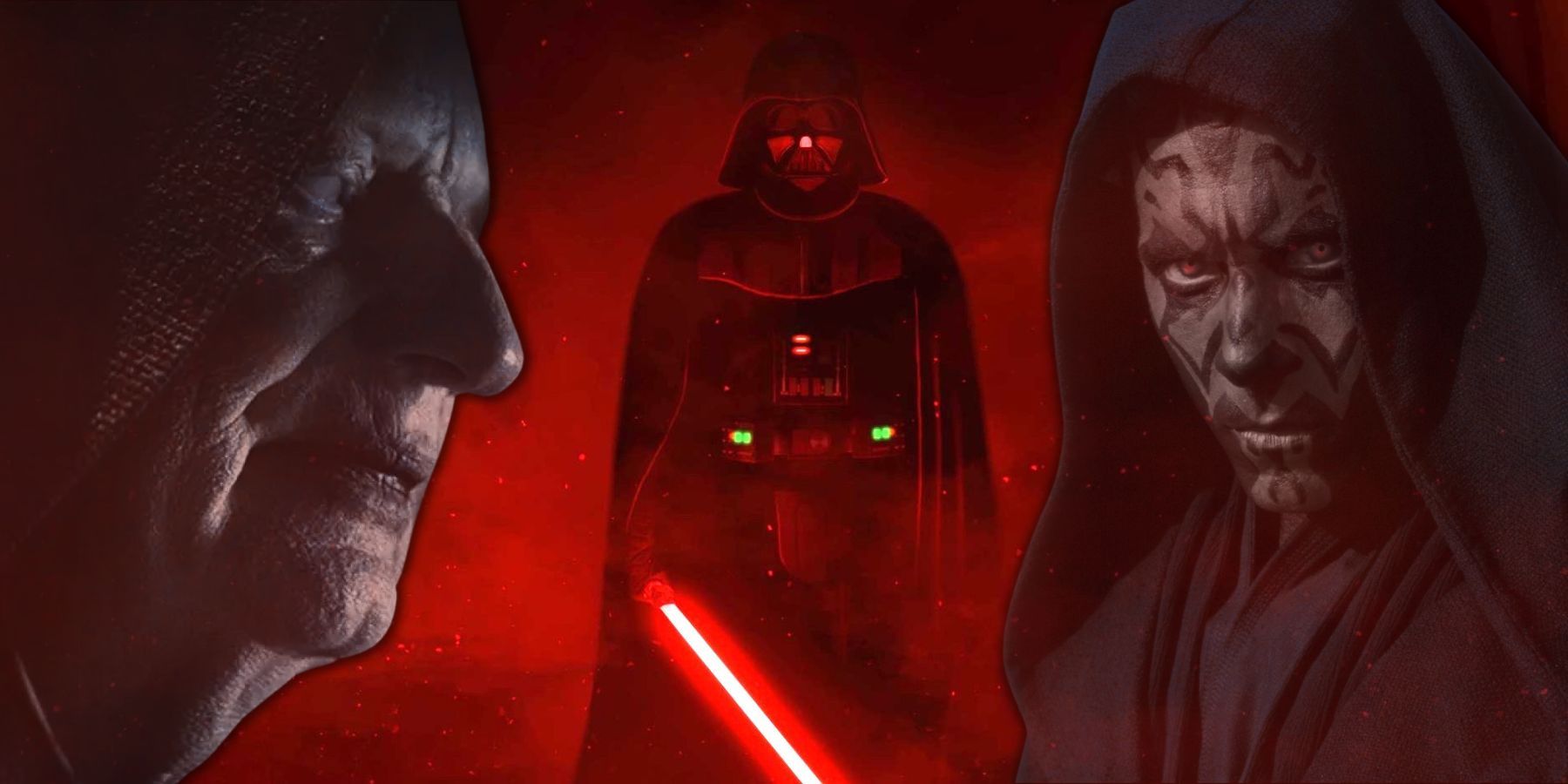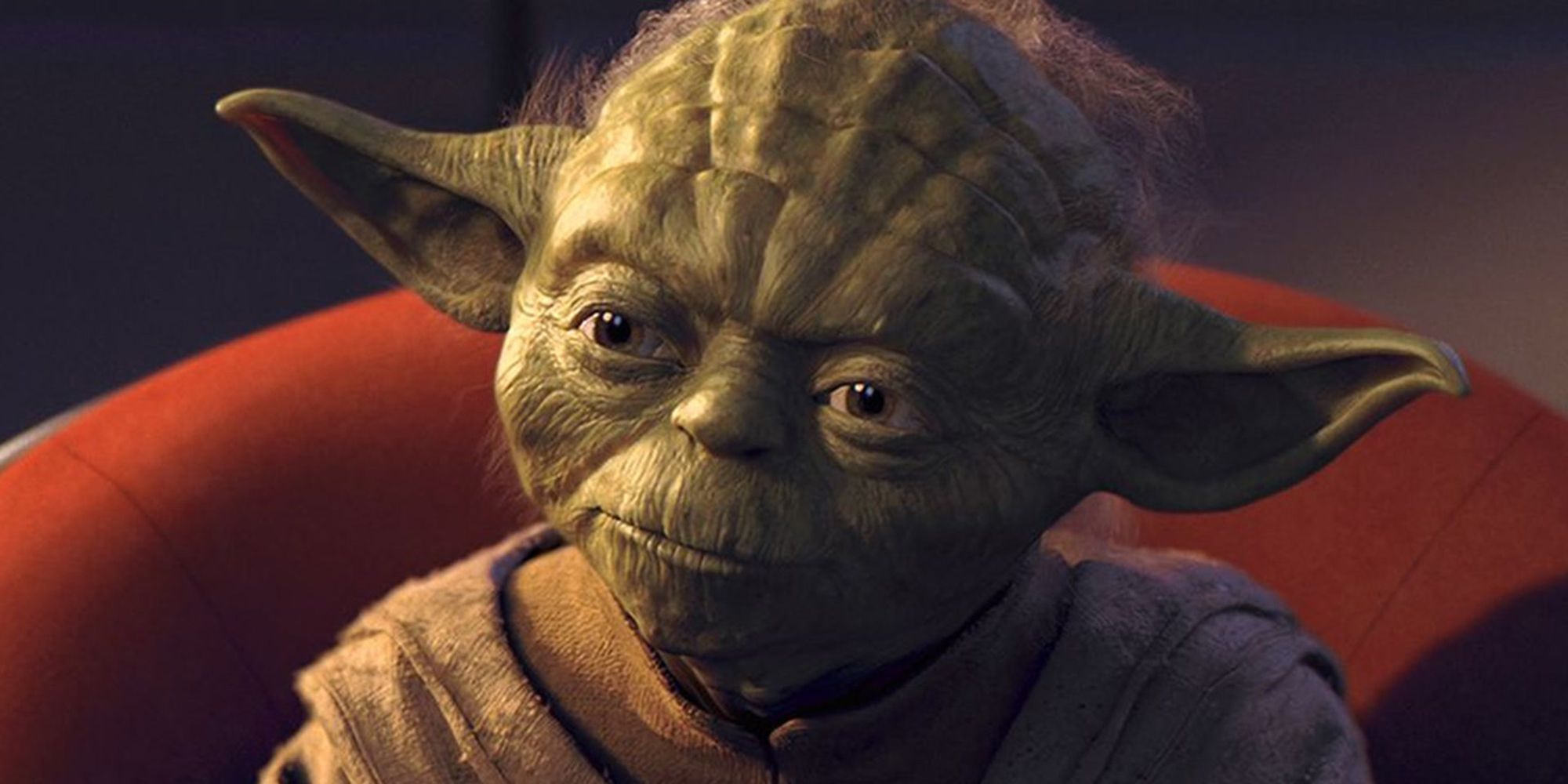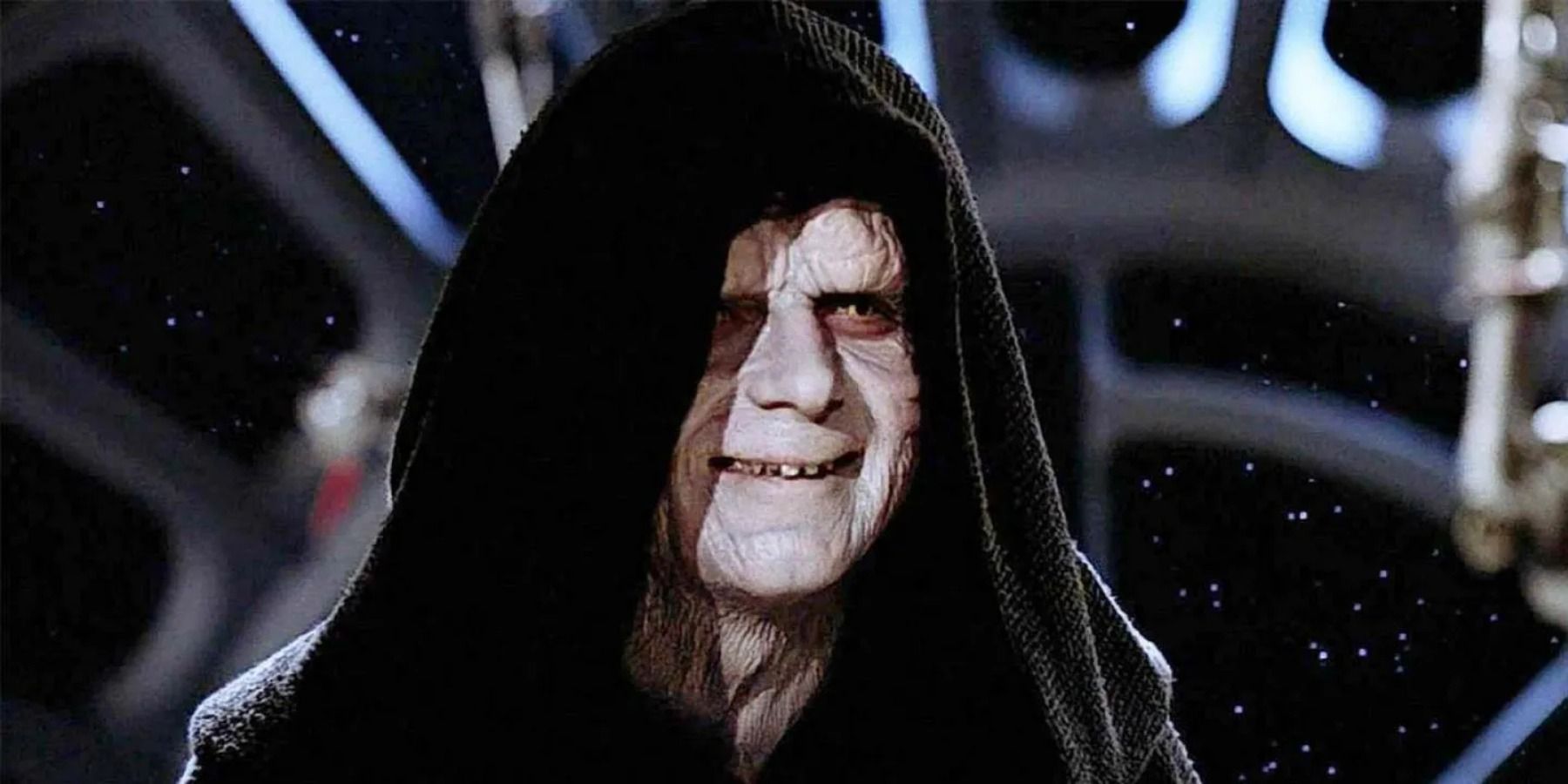Star Wars has always shown a stark contrast that captivated fans from the first glimpse of the vast expanse of that galaxy far, far away. On one side stands the Jedi Order, with its council of wise masters, a valiant army of knights, and a revered academy nurturing young Padawans. During the height of the Republic, they reigned supreme in numbers, their dominance undisputed. On the other side, the Sith remained a shadowy force lurking in the depths, barely manifesting in groups larger than a mere duo. The Sith follow a distinct modus operandi, forever restricted to a duo of Force-wielders. This peculiar practice, known as the Sith Rule of Two, has endured for a millennium.
Emerging from the aftermath of the Jedi-Sith War and conceived by the Sith Lord Darth Bane, the Rule of Two serves a profound purpose: to shroud the Sith in secrecy, preparing them to exact vengeance upon the Jedi Order. This rule evolved from its precursor, the Doctrine of the Dyad, and mandates the existence of only two Sith Lords at any given time. One of these two is a master, representing the embodiment of the dark side's potency. The other is an apprentice, destined to yearn for power, receiving guidance and tutelage from the master until the time comes to fulfill their designated role.
Why Do The Sith Follow The Rule Of Two?
The Rule of Two was made clear to viewers in Star Wars: Episode I – The Phantom Menace, following Master Yoda's revelation that Qui-Gon Jinn and Obi-Wan Kenobi had encountered a Sith. Reflecting upon the menace lurking in the shadows, Yoda shared an insightful realization that would come to epitomize the Sith's modus operandi:
" Always two there are. No more, no less. A master and an apprentice ."
This principle, according to Star Wars creator George Lucas, serves as a means for the Sith to maintain order within their ranks. In Paul Duncan’s book, The Star Wars Archives: Episode I-III 1999-2005, Lucas explains that the Sith Lords once held dominion over the galaxy. However, their insatiable greed and hunger for power led to infighting and the demise of many. In a bid to determine the ultimate Sith Lord, they resorted to a brutal system where power was acquired through murder rather than democratic processes.
At one point, the Sith numbered in the thousands or even millions, much like the Jedi before Darth Sidious rose to power. But as the killings continued over centuries, only two Sith Lords remained. This led to the birth of the Rule of Two, a measure aimed at preserving the Sith's longevity by ending the cycle of self-destruction through internal strife.
Lucas viewed the Rule of Two as a stable system that endured for generations. However, he acknowledged its inherent flaw. Each Sith apprentice sought to acquire a mentor, each with the intention of eventually overthrowing their master. Simultaneously, every master sought a new apprentice to secure their power and safeguard against potential threats.
Which Sith Broke The Rule Of Two?
Darth Sidious, the cunning Sith Lord also known as Emperor Palpatine, boldly defied the sacred tenets of the Rule of Two. In secret, he took on multiple apprentices, shattering the long-standing tradition. Unfazed by convention, Sidious maneuvered his way to power by cultivating a succession of notable acolytes, each serving as a stepping stone on his path to galactic domination.
Among his formidable protégés were Darth Maul, Darth Tyranus (Count Dooku), and, most famously, Darth Vader (Anakin Skywalker). These dark disciples, individually powerful, played crucial roles in furthering Sidious' schemes and expanding his influence. Yet, despite their prowess, he remained the true Sith Lord, pulling the strings from the shadows and manipulating his apprentices like pawns on a cosmic chessboard.
The audacious breach of the Rule of Two served a clear purpose: to fortify Sidious' power base and ensure the fulfillment of his personal ambitions. In his pursuit of dominion over the galaxy, he maintained absolute control, orchestrating events with calculated precision and bending his apprentices to his will.
The enduring enigma of the Sith and their adherence to the Rule of Two have contributed to the rich tapestry of the Star Wars saga. This juxtaposition of the Jedi's vast numbers and the Sith's secretive duo symbolizes the eternal struggle between light and dark, order and chaos. The Sith, driven by their hunger for power, found solace in secrecy, using the Rule of Two to preserve their legacy and bide their time until they could strike back against the Jedi Ordert.
While the Rule of Two maintained a delicate balance between destruction and renewal, it also sowed the seeds of betrayal and ambition. Each apprentice yearned to overthrow their master, perpetuating a cycle of internal strife. As the stars above continue to witness the eternal struggle between the light and dark sides of the Force, the Rule of Two remains, a reminder of the ever-present balance and conflict in the galaxy far, far away.






